This month’s “Not Crowdfunded, But…” game is Upper One Games’s Never Alone. Fellow writer, Marcus Estrada, has already reviewed the game itself, examined its unique story, and created an in-depth strategy guide. I’ve already taken a closer look at the games’ compelling artwork, and will now be finishing things up with something a little different.
The introduction of Upper One Games’s Never Alone, concentrating on the history and legends of the Iñupiat Alaskan Native people, piqued my interest, and the interest of others i’m sure, in the presence of Native American people in video games and how they are portrayed.
Interestingly enough, the search results were varied, including dark, racist, inaccurate historical portrayals to thorough research and respectful tribute. Indigenous people have been represented/portrayed in video games in just about every role in the stories and gameplay, some as protagonists, some as antagonists, and in some cases just as a supporting element in the setting of the game altogether.
Here’s a mere fraction of what I found.
Early Cowboys and Indians Arcade Games
First, there were several games released in the eighties for the Commodore 64 and NES following the Cowboys and Indians mold, typically representing the Native American characters as the antagonists or targets. This is the earliest representation I have found thus far. Some of these titles include:
- Law of the West (1985)
- Outlaws (1985)
- Kane (1985)
- Quick Draw McGraw (1990)
- Hammer Boy (1991)
- Cowboy Kid (1991)
- Indian Attack (1993)
Whomp ‘Em
During the early 90s, action platformers were gaining more attention and Mega Man clones were sprouting up left and right, including Jaleco’s Whomp ’em, released in 1990. In the Japanese release, the protagonist is actually the King Monkey, named Sun Wukong, but the American release’s protagonist is actually Native American. Inspired by Chinese Journey to the West, Whomp ‘Em has eight unique levels each containing a new weapon to use. Regarding plot, there really isn’t much significantly going in, the main interest factor is the gameplay.
The Turok Series
The Turok series began in 1997 with Turok: Dinosaur Hunter. The entire series currently has six games, though a seventh was rumored for development but was supposedly cancelled before it could be announced. Turok is loosely adapted from a comic book of the same name and follows the story of Turok (Tal’Set) a Native American time-traveler who’s objective is to protect Earth from a void known as The Lost Land filled with many threatening creatures, including dinosaurs. In this case, an evil overlord is in search of an ancient weapon to take over the universe. Throughout the series, the protagonist changes, switching between male and female characters, but Tal’Set, Joshua Fireseed (Turok: Rage Wars), and Joseph Fireseed (2008) all are of Native American descent.
Brave: A Warrior’s Tale and The Search for Spirit Dancer
In 2005, VIS Entertainment released Brave: The Search for Spirit Dancer, an action adventure platformer for the Playstation 2. The entirety of the game’s world and storyline depending on Native American legends and myth. The protagonist in Brave, a Native American boy, is in search of finding a legendary shaman by the name of Spirit Dancer who’s been missing for a long time. With the shaman’s help, he could save his village from great peril from the antagonist, Wendigo.
Several years later, Collision Studios released Brave: A Warrior’s Tale, which is basically just an HD port of The Search for Spirit Dancer. There was a bit of controversy surrounding this game but only because of the poor production and technical issues, which resulted in it getting poor ratings left and right.
The Prey Series
Well, I say series because at some point it was going to be. Bestheda actually purchased the rights to Prey from 3D Realms (developed under contract by Human Head Studios) but due to multiple issues involving creative vision, meeting particular quality standards, and the like the official cancellation was announced in October of this year at PAX Australia.
Prey’s protagonist, Tommy, is of Cherokee descent and finds himself in quite a pickle when he’s abducted onto an alien spaceship with his girlfriend and grandfather. His heritage allows for a particular spiritual connection that enables Tommy and his personal spirit to separate for the sake of ship exploration. His entire goal is to figure out a way to stop the ship and through puzzle solving and portal exploration as his bodiless spirit.
Prey was a highly anticipated game in 2006 and received fairly positive reviews.
Red Dead Series
Red Dead Revolver is a third person sandbox western game with a half Native American protagonist by the name of Red. His father and his partner each created very distinct revolvers with iron cast scorpions on each after striking gold which captured the attention of Mexican General Diego. Upon his parents’ murder, Red steals the revolver and in his adulthood decides to go after Diego and those who framed his parents. Aside from his personal heritage, there are Native American supporting characters that nicely wrap up the story of Red Dead Revolver, such as his cousin Shadow Wolf.
Years later, spiritual successor Red Dead Redemption was released, following a similar mold in gameplay, except the main character was Scottish American. But throughout Red Dead Redemption, there is a strong element in the background of Native American heritage, especially in the latter part of the story as John Marston (protagonist) inches closer to killing one of the game’s main antagonist, Dutch Van Der Linde, who’s built up his rebellious gang with the area’s natives whom are very disgruntled with the way their tribe(s) and the land has been treated by the settlers over the years. Additionally, Red Dead Redemption included several Native American support characters that aided John throughout the game.
Gun
Activision’s Gun (2006) puts the player smack dab into the wild, wild American west and actually won multiple awards. Gun was released two years after Rockstar’s (originally Capcom’s) Red Dead Revolver and followed an eerily similar gameplay and storyline. The protagonist, Colton White, is half Apache and is out on a bloodthirsty journey to kill the evil, tyrannous man who murdered his parents over an item referred to as The Cross which is a guide to Quivira, the lost city of gold. Unfortunately, Colton is unaware of who his actual father until the conclusion of Gun where Ned, his caretaker, reveals he isn’t.
Despite the massive positive response and sales from players, Gun caused lot of controversy.
The Association for American Indian Development (AAID) boycotted Gun and started a petition asking for it to be removed store shelves, or to have it edited and rerelease it; claining that it included very inaccurate and harmful portrayal of Native Americans. In the end, Activision issued an apology and pleaded ignorance on the matter.
Assassin’s Creed: III
In 2012, Ubisoft released Assassin’s Creed III, the fifth game in the Assassin’s Creed series and sequel to 2011th’s Revelations. The story follows Desmond Miles reliving the life events of his ancestor Connor, or Ratonhnhaké:ton, who was half-English and half-Mohawk Native American. Assassin’s Creed III is a sandbox game from the third person perspective, switching between Desmond and Connor as Desmond exits and reenters the Animus. In ACIII, players are taken directly into the Connor’s world from before birth where they play his English father up until he meets Connor’s mother to well into his adulthood as takes part in certain events of the American Revolution against the British Templars. Players praised Connor as a strong character and ACIII was well received by critics.
Infamous: Second Son
Last, but not least, this is the most recent. Infamous: Second Son was released earlier this year for the Playstation 4 and is the third game in the Infamous series. The protagonist, Delsin Rowe, is a descendant of the fictional Akomish tribe, and a bit of a trouble maker with a bad track record thanks to his love of Graffiti. The story mainly concentrates on Delsin adapting to his newfound abilities and clashing with the Department of Unified Protection (D.U.P.) in a fictitious version of Seattle. Despite the fictitious manner of Infamous’s Seattle, Sucker Punch Productions incorporated references to the actual Duwamish Native American tribe in the Seattle area.
Aside from the games listed, there are many more, especially in fighting games, Native American playable characters. In the recent years, Native American protagonists have increased and may continue to in the future. Games have proven to be an elegant art form and an additional storytelling medium with incredible possibilities and who knows just what may come?
Are there any major examples that I missed? Leave a message below and let me know which ones I should have included!
Never Alone is the selection for the November 2014 “Not Crowdfunded, But…” series. You can read more Never Alone articles here.



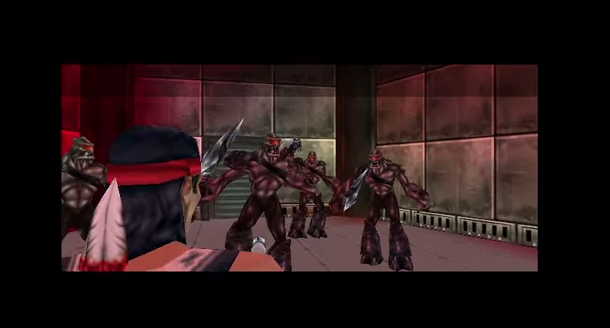

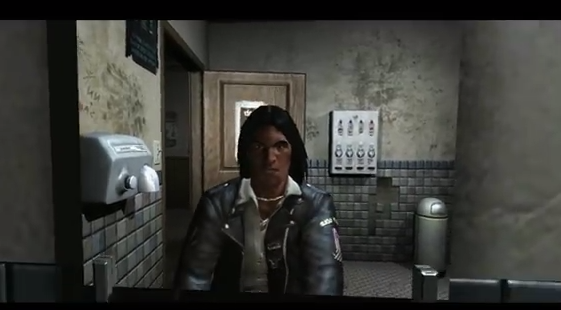
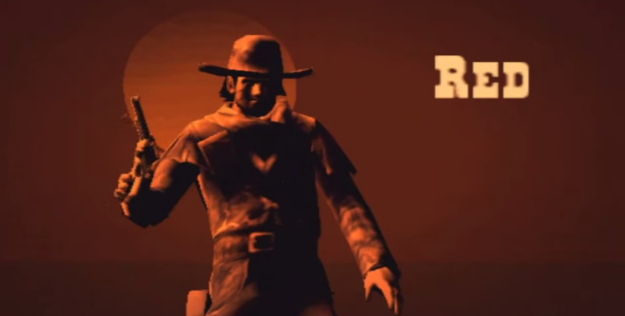
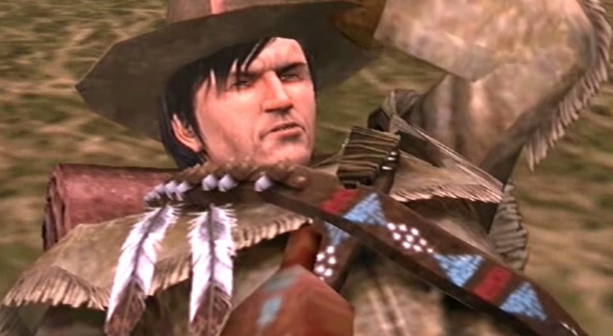
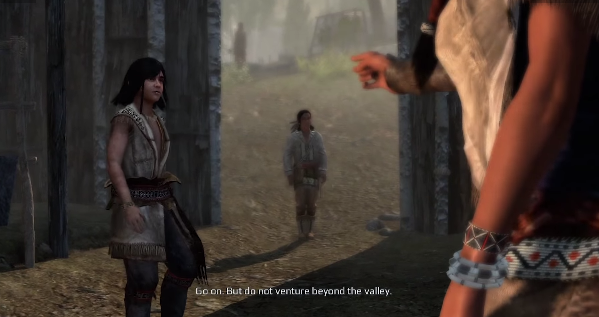
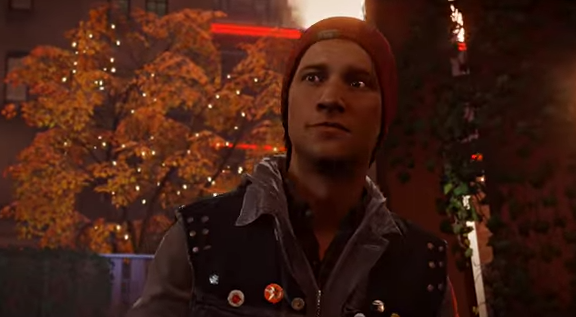



Great article! I came across this by searching “native americans” “video games” because I wanted to know if many video games included any Native American characters/culture. What made you want to write an article about this topic? 🙂
Hey there! Thanks for the kind comment! We did this as part of a series of articles on Never Alone, a fantastic game with some great representation of characters you don’t often see in games.